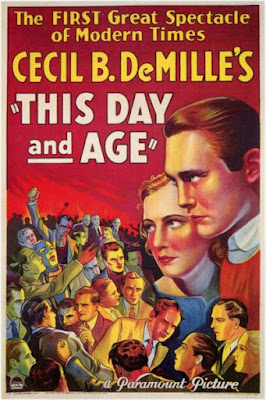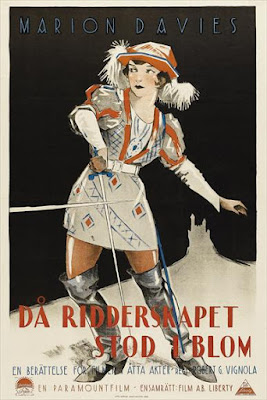Always eager to pick up competitor discards while bloom held to the rose, 20th/Fox production chief Darryl F. Zanuck slotted Paul Muni, fresh off his Warners contract, for this rollicking tall-tale about real-life early French Canadian adventurer Pierre Esprit Radisson. In a rare action/adventure role, Muni seems to enjoy playing liaison to Indian trappers around Hudson’s Bay (in what was then New France) and King Charles II in Britain, making sure everyone (including the native population) got their cut of profits from the ensuing eponymous H.B. Fur Trading Company. In a backhanded way, kick-starting Canada’s British future. Journeyman director Irving Pichel, working from Lamar Trotti’s fanciful original script, goes broad-stroke comedy as Muni amuses himself with derring-do and Charles Boyer’s French accent, looking for once like a near minimalist actor next to the obstreperous turns of BFF Laird Cregar (in his debut, playing like he might never get a second chance) and various British-sounding ham actors (Vincent Price, Nigel Bruce, Morton Lowry, Montagu Love). Messy fun if you don’t mind the rambling buddy/buddy routines, only to briefly take a deadly serious turn for part of a weirdly compelling last act. The tone hardly matches anything else before or aft, but they almost get away with it. Muni soon off to another studio before ankling Hollywood entirely post-WWII.
ATTENTION MUST BE PAID: As love interest to Muni partner John Sutton, Gene Tierney gets second billing for about ten minutes screen time. Impressive! ALSO: Bad brother Lowry’s storyline lifted straight out of LOST HORIZON . . . right down to the snow.
DOUBLE-BILL/LINK: Errol Flynn in his own Canadian adventure, part of the war effort, in Raoul Walsh’s larky impossible mission NORTHERN PURSUIT/’43. https://maksquibs.blogspot.com/2010/12/northern-pursuit-1943.html



































